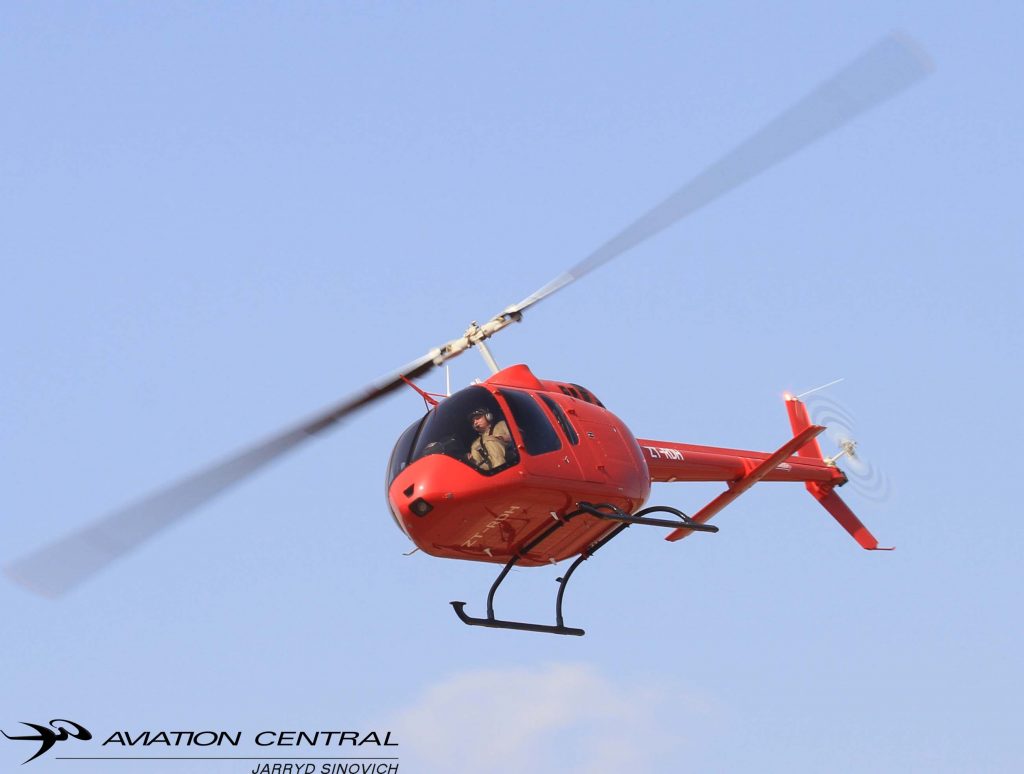Tag Archives: BellTextron
Africa Sees General Aviation Success with Versatile Bell 429
Bell Textron Inc., a Textron Inc. (NYSE: TXT) company, announced the delivery of a Bell 429 and a signed purchase agreement for another Bell 429, both to customers in Africa.
The Bell 429 is a popular choice for the African market and continues to demonstrate important qualities such as safety, reliability, and performance. The aircraft also offers a smooth, peaceful ride as well as a spacious and customizable cabin depending on mission type.
“We are proud to support our customers in Africa with the Bell 429. With two now operating in South Africa and a third one soon to be operating in West Africa, the aircraft continues to excel across the many market segments for which it was designed. Featuring state-of-the-art technology to provide enhanced safety, comfort, performance and most importantly reliability, we are confident that these aircraft will help support on whatever their missions entail,” said Sameer Rehman, managing director, Africa and the Middle East, Bell.

Caverton Helicopters Limited in Cameroon signed a purchase agreement for the first oil and gas configured Bell 429 in West Africa. Caverton Helicopters is a subsidiary of the Caverton Offshore Support Group Plc (COSG), which is a fully integrated offshore support company providing aviation and marine logistics services to businesses operating in the oil and gas industry in Nigeria and across West Africa.
“Having operated a variety of Bell products across our operations over the years, we are excited to continue with this brand, which is synonymous with safety and excellent performance,” said Captain Bello Ibrahim, managing director, Caverton Helicopters. “Introducing the Bell 429 into our fleet is an exciting milestone for us and will enable us to provide the best support for our oil and gas clients across the continent.”
The newly delivered 429 will be used for corporate transportation. Thanks to its large cabin, impressive speed, and modern technology, proving critical to its operators, there are a variety of configurations available, enabling the platform to perform numerous missions ranging from energy to law enforcement and public safety.
With more than 602,000 global flight hours, there are now 430 Bell 429 in operation, more than 20 of which are in the Middle East and Africa.
Bell aircraft used to safeguard food and agriculture amid historic locust infestation
In the last 12 months, food security has been under serious threat from devastating swarms of locusts, destroying crops from East Africa to the Arabian Gulf. With experts warning of a “rolling emergency” 1 that could endanger harvests across the regions for the rest of the year, governments and international organizations face a herculean challenge in controlling the infestations. Aircraft from Bell, the U.S.-based helicopter manufacturer, have been playing a key role in the joint efforts to fight this ancient plague.
According to the UN Food and Agriculture Organization (FAO), desert locusts – whose destructive infestations cause major crop damage – are a species of grasshopper that live largely solitary lives until a combination of conditions promotes breeding and leads them to form massive swarms.

The region’s current crisis began in October 2019 as swarms formed along the Red Sea coastal plains in Yemen Saudi Arabia, Eritrea and Sudan, spreading eastwards across the Arabian peninsula and further south in Africa in the following months.
By January, Kenya, one of the countries hardest hit by the crisis, was already experiencing its worst outbreak of desert locusts in 70 years. To target this problem, authorities contracted South African helicopter operator BAC Helicopters, who had recently purchased three Bell 206L-4 helicopters, to carry out the Emergency Desert Locust Survey and Control operation in an effected part of Kenya.

The helicopters were tasked with surveying vast areas throughout the Marsabit and Turkana counties in Northern Kenya, locating and mapping the locust swarms which were threatening food security through the region. The 206L-4’s were each equipped with specialized Agricultural
Survey Equipment, an FDC Barrier Filter and Satellite Tracking System. Essential data gathered by the survey helicopters was then transferred to both fixed wing and helicopter spraying aircraft, allowing them to accurately target specific areas where the locust swarms were present.
Sameer Rehman, Managing Director of Africa and the Middle East, Bell, commented: “With a number of countries in eastern Africa and some parts of the Middle East at ongoing risk, the FAO has estimated that a locust control plan would cost $76 million to secure agriculture in the
affected region. Bell understands the need to protect the food source of these regions and we’re pleased our products can be essential tools in the collective mission to eradicate the problem.
“When it comes to food security, the stakes are very high so the reliability and capability of every tool used in the fight against locust swarms is paramount. The Bell 206, and newer light aircraft like the Bell 505 have shown time and again that they can be trusted to operate in high
temperatures and with heavy payloads, providing a capable defense wherever the swarms may be present.”

In most years, desert locust swarms tend to die out during dry season. However, with unusually high rainfall in 2020 in certain regions, the exponential growth in the populations has not abated,
creating the specter of further swarms over the coming months.
The FAO states that countries most affected by the locust situation are Ethiopia, Kenya, Somalia in Africa as well as Yemen, Saudi Arabia and parts of the UAE and Oman in the Middle East.


